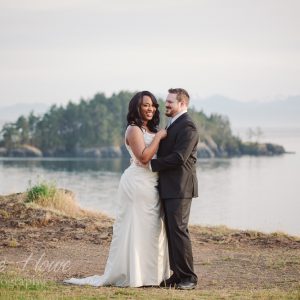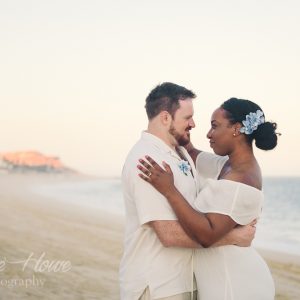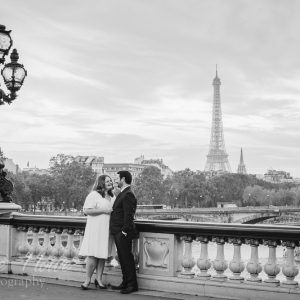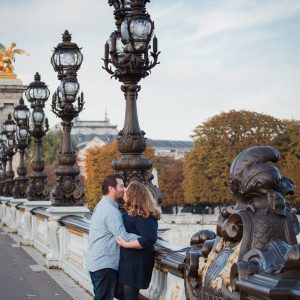Tuesday’s Tip #3:
Your lens can make a world of difference! Those babies are expensive for a reason! Don’t be lured into buying a cheap lens because the price is good, because you really have to know what you’re buying… and not buying. I remember when I spent $250 on a 70-300mm lens, when I knew nothing about lenses, and I was shocked by how MUCH it was. Obviously, I had no clue how much it could have been. Lenses can cost more than your camera, so get over the price issue and learn about lenses if you’re serious about learning photography.
Here are a few very important things to keep in mind when searching for a good lens:
-Focal Length- An obvious one. Probably the first one that people know about. In my case, I knew that a 70-300mm lens would zoom in quite far. The kit lens that came with the camera, only zoomed to 55mm as I recall. Now, I have a 50mm prime, which means that it doesn’t zoom in at all (FYI, these are usually cheaper and sharper, just less convenient if you prefer a more versatile lens). I also adore my 17-40mm lens, which can be quite wide at 17mm. It can distort landscapes in a favorable way, and people in a bad way depending on how it’s used. One more thing to know when you consider focal length is whether that length will be what you want for your sensor size. Without getting too detailed about this issue, just know that depending on whether you have a full frame camera like mine (Canon 5D mark II) or a camera with a smaller sensor, you will get a different effect with the same lens. For example, at 17mm my pro lens will show a black vignette around an image on the 40D, but on the 5D MarkII, it won’t because the lens is meant for that sensor size.
-Numbers, letters, and brands, oh my! – As stated above, not every lens will work with every camera in the way you might expect. I can only speak to Canon’s equipment, as my experience with other brands is limited. Canon has “smaller” lenses that are meant for the smaller sensor cameras. You can’t use those lenses (marked with an “S”) on the full frame cameras, because they simply won’t attach. However, somehow the more advanced lenses meant for the full frame cameras, will attach to the smaller sensor cameras. Weird. Anyway, I suggest simply going in to try out a lens on your camera. Focal length is the easiest thing to test out, and the folks at the camera store will be able to point you to which lenses are actually meant for your camera.
– Speed- This relates to both the aperture and the mechanics of the lens. If you have a fast lens, you can take pictures faster! Always good, right? Hopefully, that means you can focus more quickly too. The aperture is very important for speed, because the wider (lower number) you can set your aperture, the faster you can shoot with less light. Awesome! Some cheaper lenses have a range for their lowest aperture, which is something you may want to avoid. If you have a lens that shoots at f3.5 only at it’s widest focal length, what if you want to shoot at f3.5 while zoomed into something? If you have one of these cheaper lenses, you are forced to shoot at whatever lowest aperture they will give you at any given length.
– Image Stabilization- This is handy, but not always necessary. If you have a long, heavy lens, it’s definitely a good thing especially if you’re shooting without a tripod. Keep in mind that with a longer lens, you have to shoot a little faster to compensate for the wobblyness of just holding the darn thing. But what if it’s too dark to shoot fast? Well, a low aperture and/or high ISO helps, but so does an Image Stabilized lens. You might want to turn off this feature if you DO shoot with a tripod at a long exposure.
– Glass or plastic – Glass is better quality. Period.
– Zooms can slide – Not necessarily a make it or break it problem, but some zoom lenses can slip. Imagine walking around with your camera and your lens just starts getting longer and longer. Yeah, it looks funny. But it could also be a potential hazard, especially if you’re being very active. You don’t want to make the mistake of thinking your lens is closer to your body than it is, and then banging it into that rock you just crawled onto. Some cheaper lenses do this, but even expensive lenses can begin to slip over time. It’s just something to be aware of.





